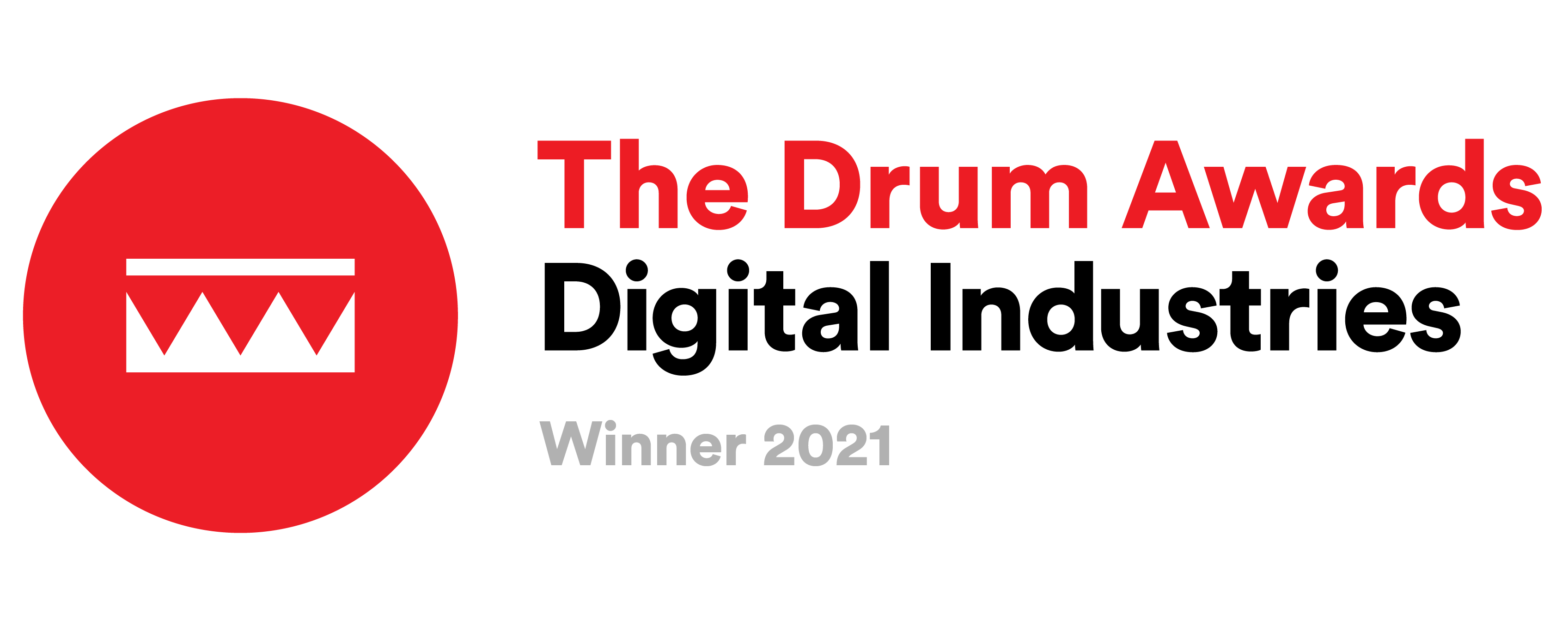App Localization Best Practices: Understanding Culturalization

In today’s global market, optimizing your app for various regions requires more than simple translation. App store localization involves not only converting language but also making your app culturally relevant. This process, known as culturalization, is essential for success in diverse markets.
What is Culturalization?
Culturalization goes a step further than localization. While mobile app localization adjusts content for language and regional specifics, culturalization ensures the content is relevant, relatable, and respectful of local customs and values. It involves tailoring your app’s content to fit the cultural nuances of different regions.
Why is Culturalization Important?
- User Experience: Apps that feel familiar and relevant to users are more likely to engage them. Culturalization makes your app appear native, which boosts user satisfaction and retention.
- Increased Market Penetration: By honoring cultural differences, your app can resonate more deeply with users, leading to a broader audience reach.
- Competitive Advantage: Apps that successfully incorporate culturalization stand out in a crowded marketplace, providing a significant edge over competitors.
- Build trust and credibility: Mobile app localization for the App Store and Google Play demonstrates your commitment to understanding the needs of your target market which builds trust and credibility among users. Users are more likely to choose and recommend apps that are tailored to their specific needs and provide a personalized experience.
- Increased conversion and revenue: When users have a positive experience with your localized app listing, they are more likely to download and engage with your app. This, in turn, increases conversion rates and generates higher revenue.
ASO Localization Best Practices – How to localize an app?
1. Research Local Culture
Before starting app localization, research the target culture thoroughly. Understand the local norms, values, and behaviors that shape user preferences. For example, color meanings vary widely across cultures and can affect user perception. In the United States, white is commonly associated with purity but in China, white is often associated with mourning and death.
When conducting app competitor research, don’t focus on the big apps that do localization. Instead, find the smaller local competitors and learn from them. They are your real competition.
Most importantly, you know your main USPs, but sometimes you need to prioritize your features differently. For example, Canva is primarily known as a graphic design tool, but in Thailand, it is often used for educational purposes. Adapt your focus to what is relevant for the market without losing your essence.
2. Optimize Local Metadata
Identify relevant keywords and phrases that users in your target market are likely to search for.
Keyword optimization is a critical component of ASO. Use tools as apptweak to find keywords that are popular in the target market. Keep in mind that direct translations of keywords may not always accurately match local search intent.
After completing your keyword research, consult with a native speaker to ensure you haven’t missed any slang or alternative expressions for your main keywords.
Take into consideration that search volume (popularity) changes between the Play Store and the App Store so optimize accordingly.
Then, don’t just plant keywords in the description; tweak marketing messages to resonate with local idioms and expressions.
3. Adapt Visual Elements
Visual elements should align with local cultural aesthetics. An image that performs well in one country might not have the same effect in another. Creative localization is key to improving conversion rates for all the new traffic you’re getting after optimizing your listings.
For example, Uber Eats: Food Delivery conducted A/B testing with different kinds of foods and background colors across all their locales.


4. Include app UX/UI in the screenshots:
If your app is localized for the local language, it is crucial to showcase that users can use it in their own language. However, even if the app is not fully localized, it is still essential to display it in the default language (typically English) to avoid misleading users. Misleading users can result in low retention rates and high uninstall numbers, negatively impacting your category rankings.
5. Highlight Local Testimonials and Reviews
Featuring testimonials and reviews from local users builds trust and credibility in new markets. Positive feedback from familiar names or recognizable entities can greatly influence potential users.
6. Customize In-App events and promotional content
Customizing in-app events for diverse events and festivities to boost user engagement, retention, and competitive edge by aligning with cultural events.
7. Monitor and Iterate
Localization isn’t a one-time task. Continuously optimize, test, and monitor the performance of your localized listings, and gather user feedback. Use this data to make ongoing adjustments and improvements. The easiest way to track and measure the effectiveness of your localization efforts is through our fully customized dashboard.
8. Utilize Cross-localization on iOS:
In certain countries, especially the United States, multiple languages are indexed in one location. If you are not specifically targeting a particular audience, you can leverage this feature to expand the number of keywords for which your app is ranked. For example, an app with a strong presence and user base in the United States but limited brand recognition in Mexico could opt not to translate its app listing into Spanish. Instead, English keywords could be included in the Spanish (MX) metadata localization. As a result, the app would rank in the US App Store for the added keywords in both the English (US) and Spanish (MX) localizations
Conclusion
Culturalization is crucial for maximizing the effectiveness of ASO localization. By going beyond translation and truly adapting to the cultural nuances of your target market, you can enhance user experience, expand your market reach, and gain a competitive edge. Successful app localization makes your app feel tailor-made for each user, no matter where they are.
Incorporate culturalization into your ASO strategy and watch your app thrive in new markets worldwide.
yellowHEAD offers a unique localization process involving app analysis, keyword research, implementation, professional translation, graphics localization, handling and uploading, and ongoing monitoring to maintain top rankings. Although one can choose to perform this process independently or settle for simple translation, it is crucial to remember that a proper localization process can propel an app’s success, while poor implementation may harm non-English installs.
Contact us for more information about localization and the rest of our App Store Optimization services to find out how to give your app the boost it needs!
This article was first published in June 2023.





















